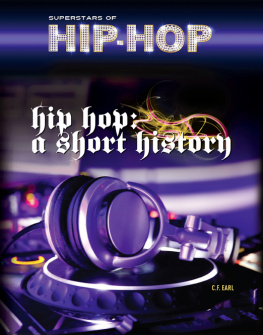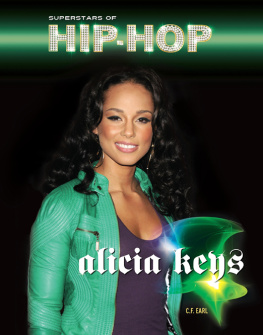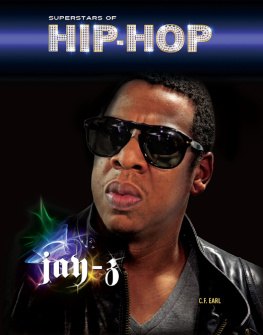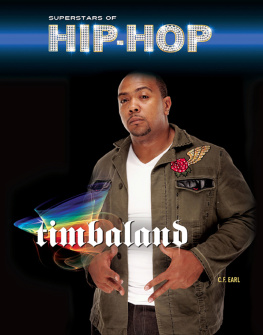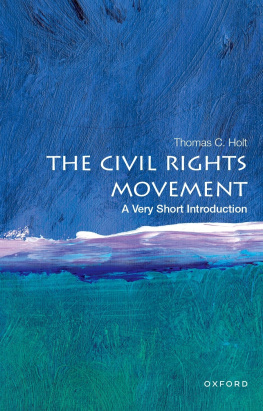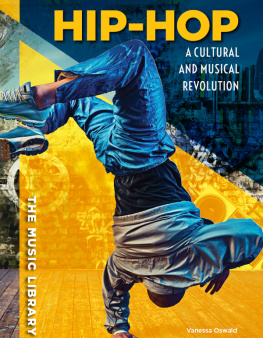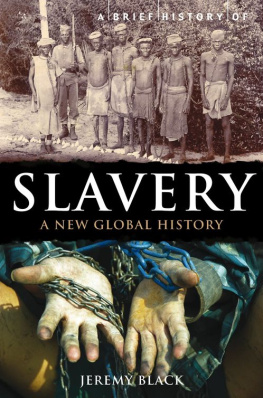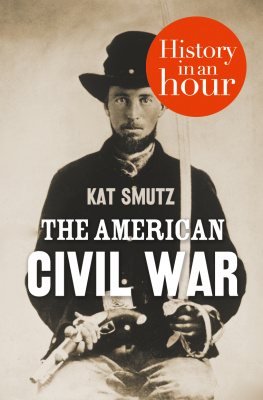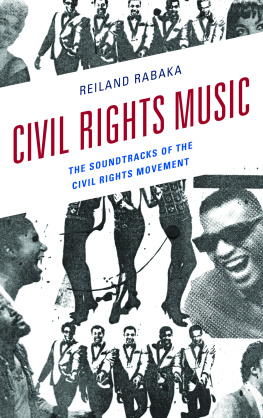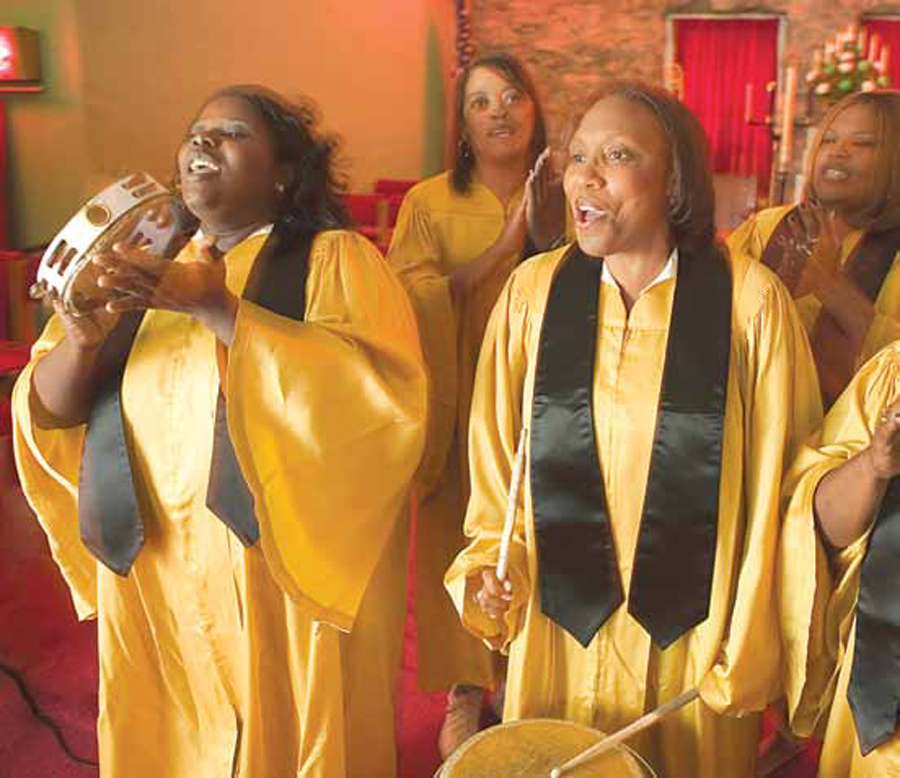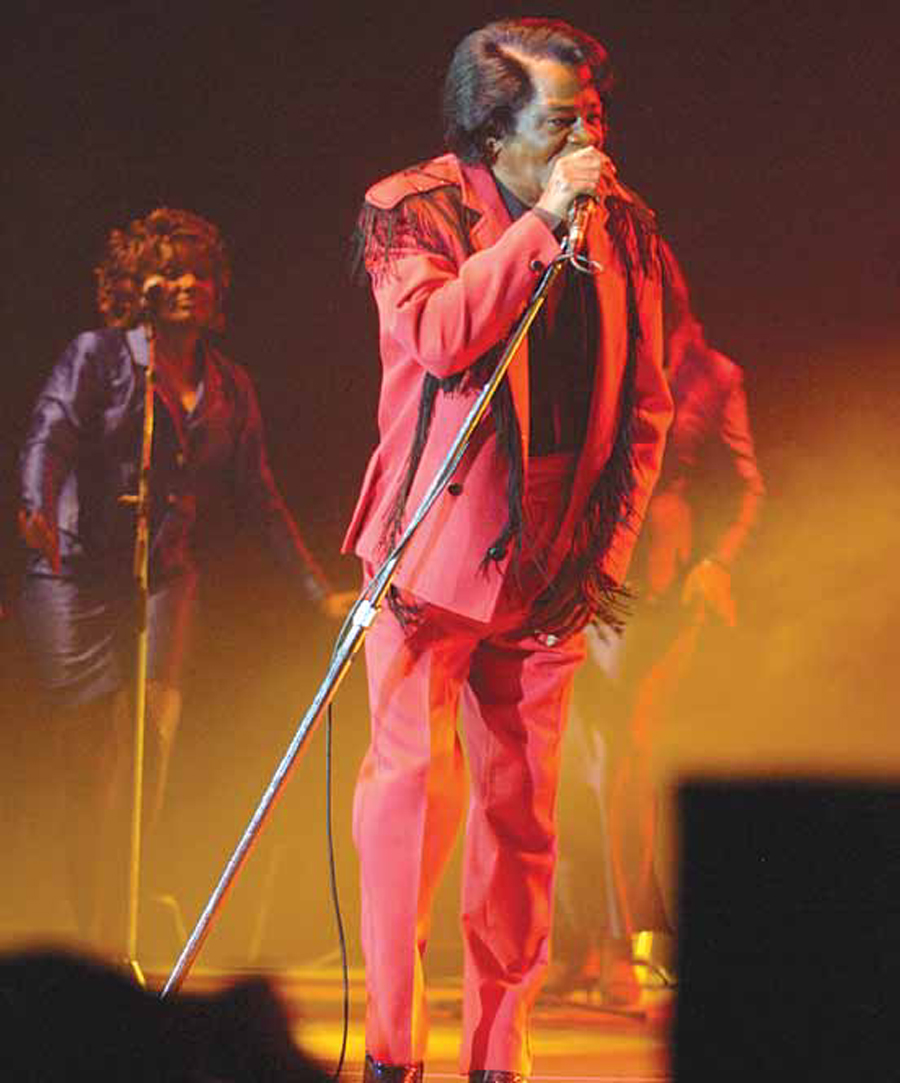C.F. Earl is a writer living and working in Binghamton, New York. Earl writes mostly on social and historical topics, including health, the military, and finances. An avid student of the world around him, and particularly fascinated with almost any current issue, C.F. Earl hopes to continue to write for books, websites, and other publications for as long as he is able.
Catuffe/SIPA: p.
Death Row Records/NMI: p.
Kazuhiro Nogi/AFP/Getty Images: p.
KRT/NMI: pp.
NMI: p.
PictureArts/OBrien Productions: p.
PRNewsFoto/NMI: p.
Reuters/Mike Hutchings: p.
Robyn Mackenzie: p.
Tsuni/iPhoto: p.
WENN Photos: p.
Zuma Press/Nancy Kaszerman: p.
To the best knowledge of the publisher, all other images are in the public domain. If any image has been inadvertently uncredited, please notify Harding House Publishing Services, Vestal, New York 13850, so that rectification can be made for future printings.
Hip-Hop lingo
Rap is a kind of music where rhymes are chanted, often with music in the background. When people are rapping, they make up these rhymes, sometimes off the top of their heads.
Riffs are musical phrases that are often made up while musicians are playing.
Life is full of rhythms. The tap of heels on the sidewalk the drip of rain on the roof the beating of a heart. These rhythms are everywhere.
The world we live in is also filled with words. They can be angry or happy. They can be sad or proud. You can use words to tell others how you feel. You can use words to tell a story. Words, like the rhythms of life, are everywhere. And they can be used in many different ways.
Hip-hop music mixes the rhythms and words. Rappers use their words to express how they feel. They tell stories. Then they add rhythm to the words. Hip-hop beats can make you want to dance. The rhythm of the music can make you tap your toe. It can make you nod your head.
Today, hip-hop is one of the most popular types of music. You can hear hip-hop on the radio and on TV. Hip-hop is played all over the world. But hip-hop is more than just music. Hip-hop is in clothing and art. Its in dance and movies. Its a way of thinking about life.
From Africa to America
Hip-hop was born in America. But hip-hops roots stretch all the way across the Atlantic Ocean to Africa. The sounds of Africa could be heard in the earliest hip-hop. And today, traditional African music is still a big part of hip-hop. Drums and rhythm have always been at the heart of African music. Those rhythms are also in hip-hop. Sing-alongs are another part of African music hip-hop has carried on.
Hip-hops history in America starts with slavery. Slavery was terrible. Africans were taken from their homes. They were put in ships and sent to other places far away. They were bought and sold. Then they were forced to work for slave owners. The Africans were treated like things instead of people.
But Africans never gave up. They found ways to stay connected with their home. Music was one way they stayed strong.
Blacks would sing while they worked. They sang about being free. They sang about Africa and about their lives. Blacks sang in groups and on their own. The rhythm of their work gave the songs their beat. Through music, they could rise above their pain. And music helped bring African Americans together. Music gave blacks a way to get their feelings out and share them.
White people tried to take away what made Africans human. By keeping the music of Africa alive, blacks held on to it.
The Rhythm of Worship
Many Africans became Christians in the United States. But they made the faith their own in many ways. Rhythm and singing became a big part of worship. Sometimes, preaching and singing mixed together.
In black churches, ministers used call-and-response in their preaching. The minister might shout a question to his church. Then the people would shout out an answer. This back-and-forth would find its way to hip-hop music.
The great African American minister Martin Luther King Jr. spoke of singing the Word. In the 1960s, King led the civil rights movement. Like many black preachers, King used rhythm in his speaking. His voice rose and fell, loud, then soft. He stretched some words out until they sounded like music.
Church has always been important to African Americans. Many popular singers, including hip-hop artists, got their starts as members of a church choir. Gospel music has also influenced other styles of music, including R&B and soul.
Gospel singing was also a big part of worship in African American churches. Often, the preachers words and the music from gospel singers wove together. In black churches, music, spoken words, and rhythm were mixed.
Church wasnt the only place to hear African American music. In the days after slavery, black music could be heard in the streets and in dance halls. Before long, talented artists made the music famous. They also helped form new types of American music. And all the while, they kept the sounds of Africa alive.
Rhythm and Blues
The blues was a type of music that came from the songs slaves sang. The blues was also about getting out a persons pain and sadness in a song.
In the 1940s, blues was mixed with a music called jazz. Jazz was another form of African American music. It became popular across the country in the 1920s. Together, blues and jazz became Rhythm and Blues (R&B). In the 1950s, R&B helped to shape early rock and roll.
R&B musicians loved drums. They were masters of the shuffle rhythm. A shuffle is a pair of notes that are repeated. The first beat is stronger. The second beat is less strong. The shuffle shaped a lot of blues and early rock and roll.
The Godfather of Hip-Hop
James Brown was born in 1933. He was born in the South during the Depression, when many people were poor. Many people were out of work. Things were even worse for African Americans. Black people were kept from being completely equal to whites. African Americans were treated like they werent as good as whites.
Born and raised amid poverty and segregation, James Brown used his voice to give hope to others with similar backgrounds. His many nicknamesSoul Brother Number One, the Godfather of Soul, and the Godfather of Hip-Hopshow his influence and importance on the music scene.
Times were tough for James Brown growing up, but he found a way to help all African Americans rise above trouble. During the 1960s, Brown helped make soul music popular. Soul mixed gospel and R&B. Many people started calling James Brown Soul Brother Number One and the Godfather of Soul.
Fans loved soul music because it was fun. It also came with a powerful message. James Brown recorded songs with titles like Say It LoudIm Black and Im Proud. The Godfather of Soul helped to spread the idea that Black is beautiful! Across America, Brown told his fans they should be proud of who they are.
James Browns singing mixed blues, gospel, jazz, and other styles. He was one of the great singers in American music. The way he sang shaped many singers styles that came after him. But Brown didnt just sing. He danced, swung the microphone, stomped the rhythm. Hed jump as high as he could. Then hed land on his knees. Brown put on a great show.
Though many know James Brown as the Godfather of Soul, he also helped build hip-hop. In many ways, James Brown was the Godfather of Hip-Hop too! Few artists have had as much of an effect on popular music as James Brown.
Next page
